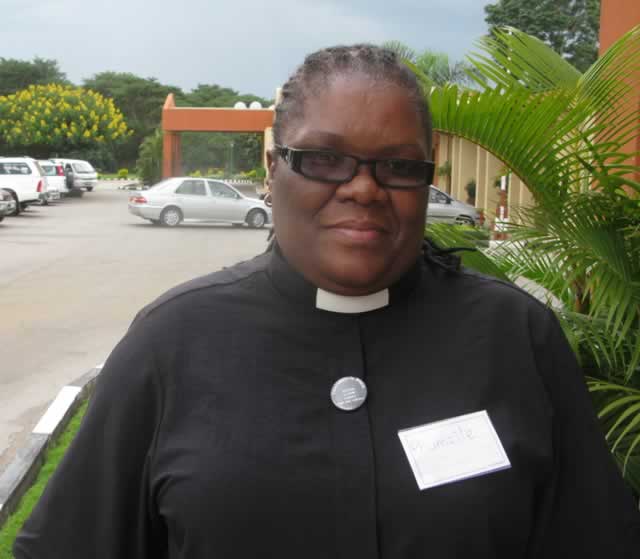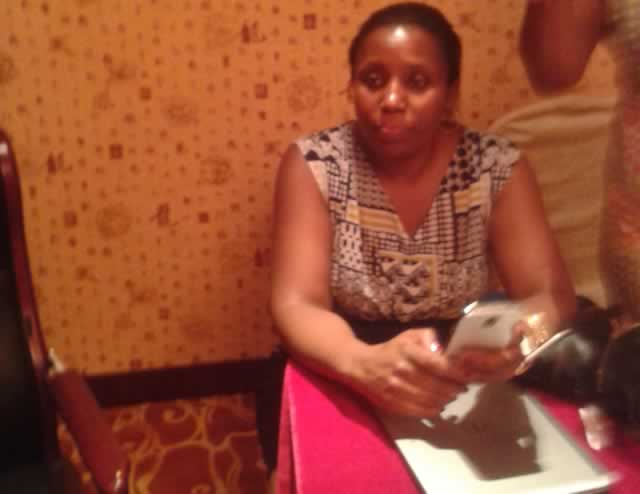No such thing as low risk
This is called Provider Initiated Counselling and Testing.
Ruvimbo said she was not ill and so did not see understand why she should be tested.
“I was not ill and have not been ill in the past three years. I had accompanied my aunt who was ill to the local clinic where the nurse asked if we had ever taken an HIV test. She said this was important even for me to know my status as this equipped me to be in charge of my health,” said Ruvimbo.
“My aunt had flatly refused to take an HIV test. She lost her husband three years ago so I feel she suspected or knew her status. At the clinic the nurse offered both of us free HIV counselling and testing to which my aunt refused. I felt that I had to give her support so I offered to be tested first,” she said.
Ruvimbo said she was pre-counselled before undergoing a rapid HIV test.
In a rapid HIV test the result is out in 15 minutes so one does not need to leave the facility.
“On the day I took the test the clinic was not busy. After counselling I took the test just as a precautionary measure to know my status. The nurse explained the reaction that would occur and I listened attentively. It was similar to some experiment we had done in school so she explained that a single line meant that I was HIV negative and a double line meant I was HIV positive,” she said.
After a prick on her thumb she sat and watched the reaction in the running test in front of her.
“The nurse was friendly and she explained well what one line meant, also what a second line would be. I was so composed and not worried since I got married as a virgin and have been faithful to my husband,” she said.
Ruvimbo said she watched in horror as a second line started to appear.
“To say I was shocked is an understatement. The nurse could tell that I was no longer myself and she gave me enough time to get composed as I had burst out crying. I think even my aunt who waited for me outside heard my wailing,” she said.
Ruvimbo, a mother of one, said she nearly choked as she could not even hear the nurse offering post-test counselling.
“My mind went blank, the nurse went on and on recounselling me but all I could see was ‘death’. She told me that it was wiser to disclose my status to my spouse and could ask him to come through for counselling and testing too,” she said.
“I felt cheated, how could he do this to me? I asked myself,” she said.
“By the time I went out my aunt already knew because she said ‘did I not tell you not to get that test’ even though I had not even spoken to her. She said she heard me cry and since I had taken too long compared to people who were using the other room she knew that all was not well with me,” she said.
Ruvimbo said she broke down and her aunt hugged her and instead of her taking her sick aunt back to her home, she is the one who was accompanied to her place.
“I lost focus and by the time I got home I suspected that I was already ill. It’s the trauma and knowing that someone has betrayed you that was eating me,” she said.
Ruvimbo said she refused to call her husband who was at work and waited for him to come back home in the evening.
“My aunt failed to return to her home that night and when my husband came he knew something was wrong when he found me in bed at 7pm,” she said.
“My husband was concerned that I was in bed so early and I told him to go and ask aunt. I could have killed him had I tried to talk to him,” she said.
“My aunt broke the news to my husband and he later asked aunt to mediate since I was in no mood to talk to him. My husband confessed to my aunt that he knew his status for over a year but he feared that it was already too late to disclose to me,” said Ruvimbo.
The husband had a steady relationship outside marriage from the time the wife was pregnant.
“He confessed that he had gone out with a workmate from the time I was expecting. He only stopped the affair when the woman tied the knot. He said since he had stopped using protection with the woman, he felt he was in a sexual network so he decided to get tested. He had known of his status for over a year and that to me was betrayal,” she said.
Mr Oscar Mundida, who is the National Behaviour Change Manager at the National Aids Council, said the areas which were viewed as low risk are no longer that.
He said people have a perception to view commercial sex workers as high risk in the spread of HIV.
“Many people when asked who is the high risk in HIV infections would point fingers at commercial sex workers, truck drivers and men having sex with men.
“On the contrary, the commercial sex workers are not high risk any more, they use the condom more often and consistently. The marriage union has become the high risk area,” he said in Kadoma addressing an editors’ forum two months ago.
“The 2009 Modes of Transmission modelling exercise confirmed that heterosexual contact remains the main mode of transmission in all areas of Zimbabwe, but this was represented by several different situations including both casual and long-term partnerships and assorted degrees of transactional sexual relationships.
“Evidence from the situational analysis shows that heterosexual contact remains the main mode of transmission with low risk sexual sex contributing 55,9 percent of national incidence followed by casual sex at 24 percent and sex work and their clients 14,1 percent,” ZNASP II said in their report for 2011 to 2015.
Currently 1,6 million people know their HIV status and this will be scaled up to reach 2,2 million people by 2015.
There are social and cultural norms that create barriers to communication on safe sex and generally negotiating for safer sex particularly in a marriage union is limited.
Usually when a person engages in an extra-marital affair they use protection in the first few days but with time relax and stop condom use altogether.
“Relationships, be they long term or short term, tend to use protection only in the first few months and thereafter stop as they tend to ‘trust’ each other even without having been tested for HIV.
“This is where the risk lies. Can one then get back to a marriage union and ask to use a condom because they have been careless, that is not the case.
“In the end we see that new HIV infections are occurring in the stable relationships, in the marriage union once viewed as low risk,” said Mr Mundida.
As reflected by statistics presented in the graph, the so-called perceived low risk has to awaken to reality and use protection. The reason being that one or both parties have not been faithful. What happened to the One Love Campaign?
Faithfulness to one partner remains a cornerstone in overcoming the tide of new HIV infections.








Comments